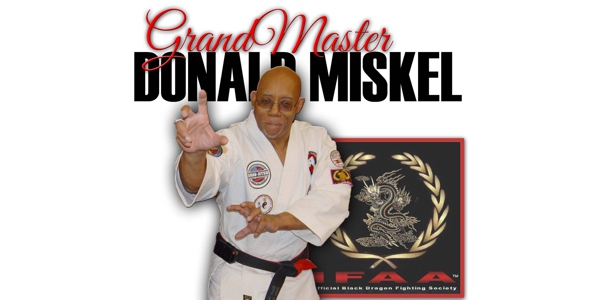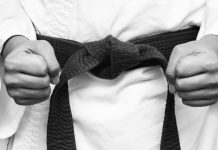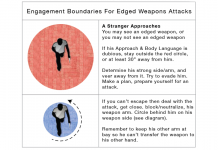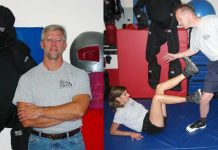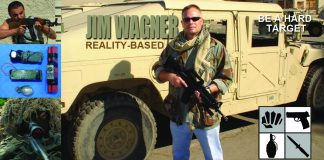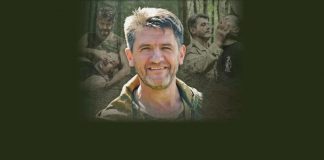This article is about practicing martial arts in your head by building scenarios and working your techniques with abbreviated motion, helping to reinforce what we’ve learned in the dojo. I call this chair kung fu.
As many of you know I worked as a psych tech and later as a psych therapist. I worked on a geriatric psych unit for a number of years. Because of my background as a martial art sensei and a personal trainer I found myself doing double duty as a occupational therapist. Not that I received additional pay, but dealing with aged and physically as well as mentally challenged patients I was put in a position where I had to reevaluate training methods to make them adaptable for those classes.
If you watch me you’ll very quickly discover that I am seldom still. While I may have a quiet and calm nature these days it doesn’t translate into physical stillness. I’m constantly doing some fighting combination or another even when I’m sitting. Effective defense has its effectiveness in muscle memory. Reactions and responses are burned into the central nervous system bypassing the brain. A martial artist will do a technique so many times that certain actions will set off a defensive or offensive reaction. That doesn’t mean that we go through life on a constant hair trigger but we are able to recognize and react to a threat without thinking. That’s accomplished by constant repetition.
It’s impossible to spend enough time in class to accomplish this. It requires more than the six to eight hours of training that class affords. As a martial arts instructor and (supposed) master my mind is constantly thinking up various scenarios and working through them. All of which translates into techniques and subsequent training for myself and my students.
I have to discipline myself not to break out into some combat waza or another while in church or out in public. It doesn’t look good to break into a fighting sequence in the pulpit and your sanity is put in question when you do so in public. Actually I’ve been guilty of the latter but I try to minimize the said technique into abbreviated motion so that no-one calls the men in the white jackets.
While sitting watching the TV or in conversation, it isn’t unusual to see me practicing some technique or combination or another. That’s what I refer to as chair kung fu. My children or my nephews aren’t above trying a quick strike on me when it’s least expected. I generally ward it off without breaking my train of conversation. It requires no thought or councils effort. The reactions are programmed into muscle memory. Usually I stop with a parry or block but in the instance that I care to make a point I’ll follow it with an offensive technique.
Your friends and family may look at you strangely and with a bit of trepidation and your sanity may be questioned (if you’re a serious martial artist people probably already think you’re a little crazy) but may I recommend this type of training to you. It probably won’t do much to benefit your kicks and your footwork but it’ll do wonders with your blocks, parries, locks and strikes. Repetition is the key to effectiveness.
As I grow older (and I’ve grown pretty old) I find that chair kung fu is less the exception and more the rule in my training. I still practice kata and fighting forms and I enjoy beating the snot out of some unfortunate student or another but I spend less time in formal training. More of my personal training is dedicated to weight lifting and strength training. I spend more time in my gym than my dojo. Trying hard to fight off the debilitating ravages of age.
Back to the beginning of this article. My patients had the benefits of my own personal seated kung fu system. None of them became trained killers and none was ready to make their mark in competition but they became healthier and more physically capable from the training. I am retired and the patients in that unit are safe from my training but my ninety two year old father now resides with me. In trying to keep him as healthy as possible I will resort again to seated kung fu. Since he furnished my first exposure to physical combat when I was probably about five years old (he was a marine MP and taught WW II combat judo) and was subsequently my first instructor, I may well be teaching a trained killer.

